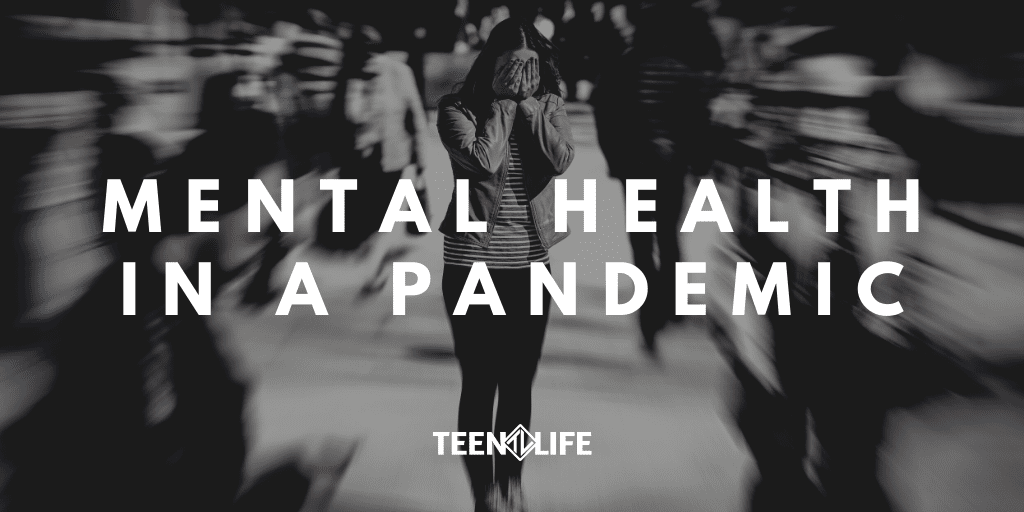It’s September. As I type this it’s unseasonably cool, a wonderful 57 degrees. I’m drinking coffee in my office after dropping my kids off at school. And yet, I’m reminded by the mask next to me and the empty building. I’m literally the only person here. That life is still not “normal.” Six months in, we are still walking the tight rope between returning to a sense of normalcy and living in a pandemic. There are no simple answers, and everyone is making decisions based on what they believe to be best for their unique situation. Opinions are strong and stress levels are high.
As schools are starting, online or in-person, we are starting to see at Teen Life the impacts that life in the past six months have had on our students – the ones that live in our homes, go to our schools, and the ones we interact with on a regular basis. And honestly, it makes me stop and think about what we need to do now. Allow me to explain.
Today, I ran across an article on NPR stating what schools and experts have all been thinking for the past 6 months. Per the article, early studies suggest that “teen and youth anxiety and depression are getting worse since COVID lockdowns began in March.” In fact, the initial data collected between March and June 2020 indicated that for youth age 18 to 24, that 1 in 4 had “seriously considered suicide in the past 30 days.” Let me say that again 1 in 4. 25%.
But let me take it a little bit closer to home for some of us. Texas. The Fort Worth Star-Telegram posted this article in 2019 which references the CDC’s Texas High School Youth Risk Behavior Survey. In 2019, 18.9% of Texas high school students surveyed indicated they had seriously considered attempting suicide in the 12 months prior to the survey. 15% of students made a plan and 10% had made a suicide attempt. An astounding 38.3% of high school students in Texas felt sad or hopeless. Every statistic listed above is higher than the national average.
One more step. Let’s talk Fort Worth. Data from the same survey indicated that in 2019, 14.8% of high school students in Fort Worth had seriously considered attempting suicide in the 12 months prior to the survey. 12.6% of Fort Worth students had made a plan and 11.1% reported a suicide attempt. 33.5% of Fort Worth high school students reported feeling sad or hopeless. 1 in 3.
Those local numbers – that was before COVID. Before students were cut off from peers and other positive adult influences. Before the average of students seriously considering suicide, which Texas is consistently above, were estimated to jump to almost 25%.
The NPR Article makes a few suggestions and I’d like to summarize and expound on them here.
- Watch for red flags – Be on the lookout for sadness that persists for days, for anger that is uncommon for the student, for comments about wanting to disappear or indicating that no one cares.
- Check in regularly – It seems easy, but often is challenging when everyone else is always around. Be willing to listen to their thoughts and feelings. Don’t be afraid to ask directly if your student is considering self-harm or suicide.
- Look for opportunities for your student to interact – Maybe it’s sports, maybe at a job, maybe they can volunteer, maybe it’s allowing them space to interact with a mentor. Encourage your student to find a space to see peers and other positive role models.
- Seek help – If you are concerned about a student, ask for help. Find a therapist. Call a hotline number. Contact the school for a referral.
Mental health during a pandemic can’t be overlooked and it’s fitting that September is also National Suicide Prevention Month. Check in on your student. Check on your own mental health. Pay attention. What you do and your willingness to be active in students’ lives, can make a huge difference.
If you or someone you know is having suicidal thoughts, reach out for help. The National Suicide Prevention Lifeline is open 24 hours a day at 800-273-8255.

Beth Nichols
Program Director
